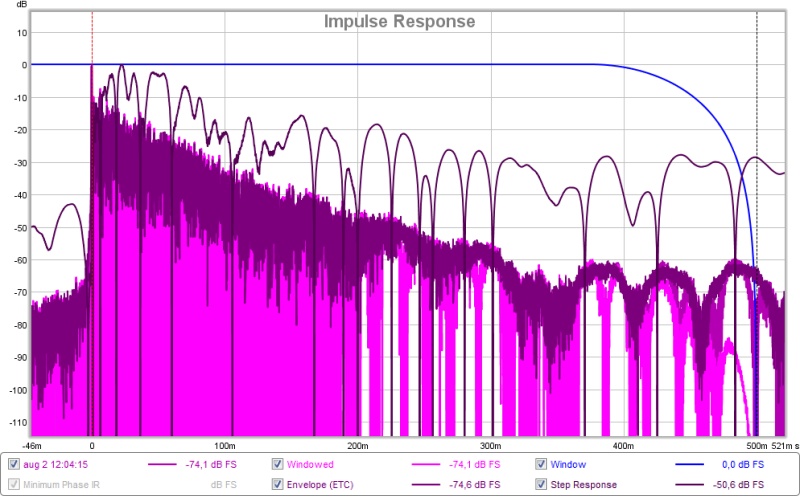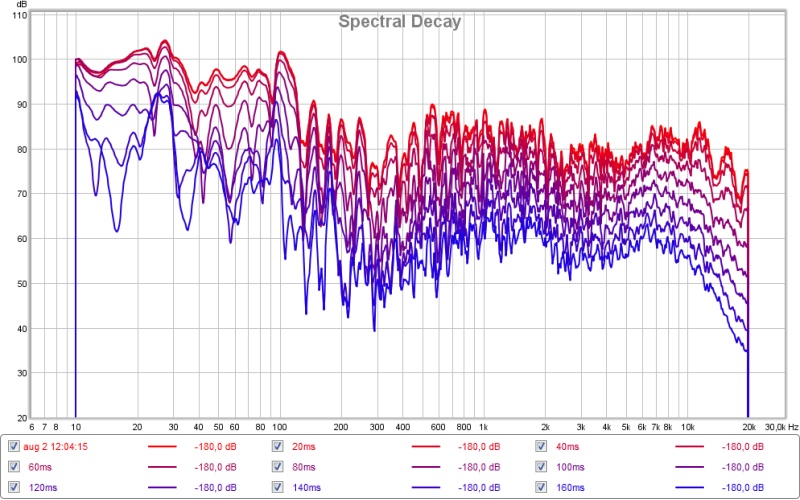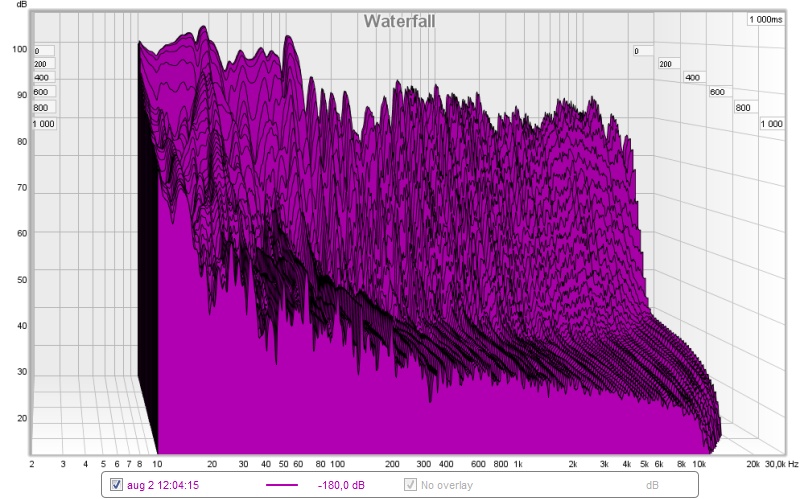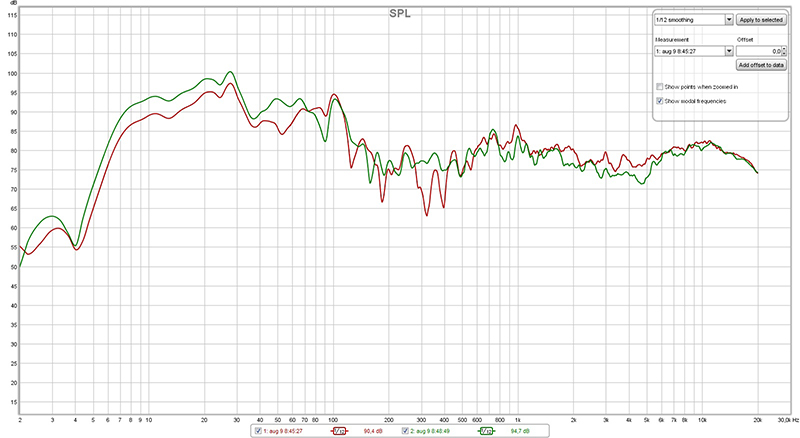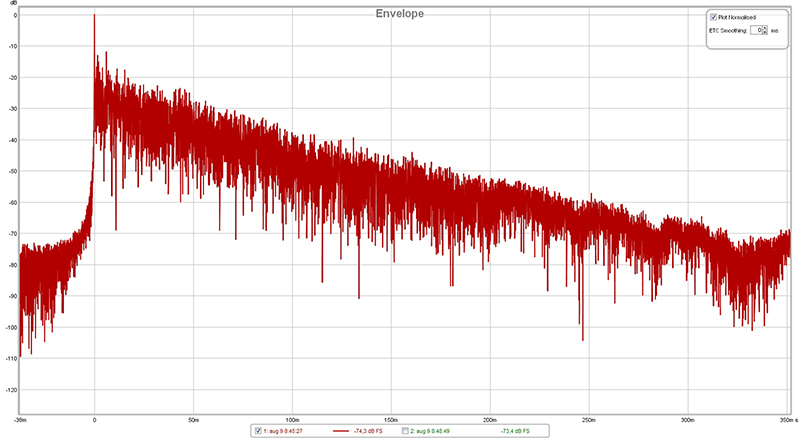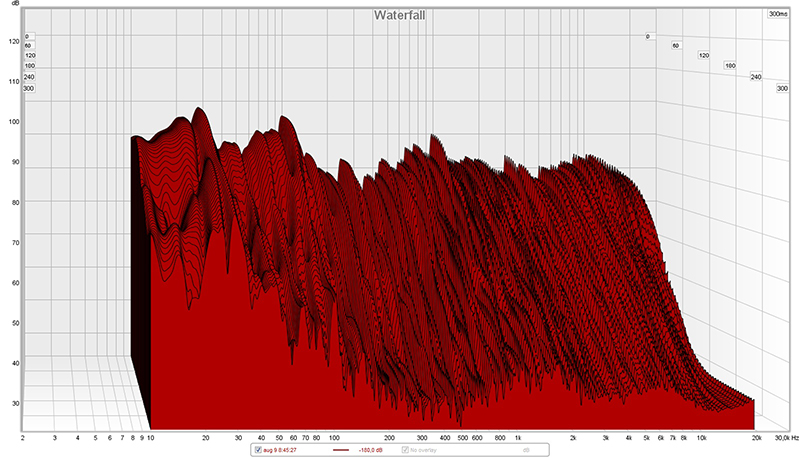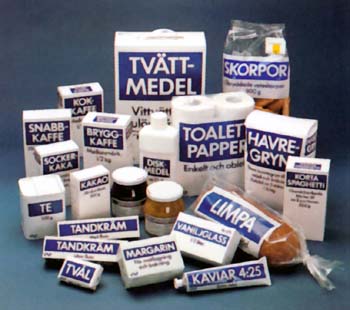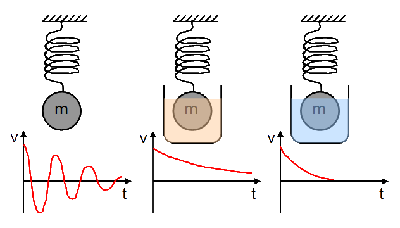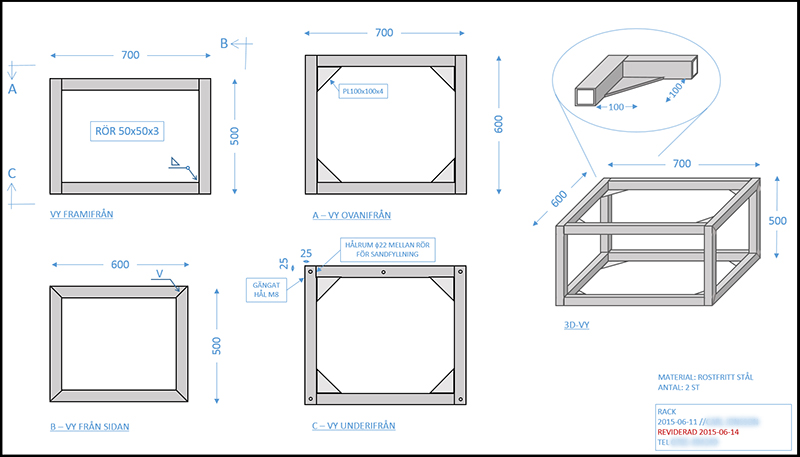First sidewall reflections will hit 1.5sqm SMT Wing95 diffusion. These very narrow wing-elements measure 600x600x95mm and, like the other wing-elements, they not only diffuse but also variably delay first reflections.
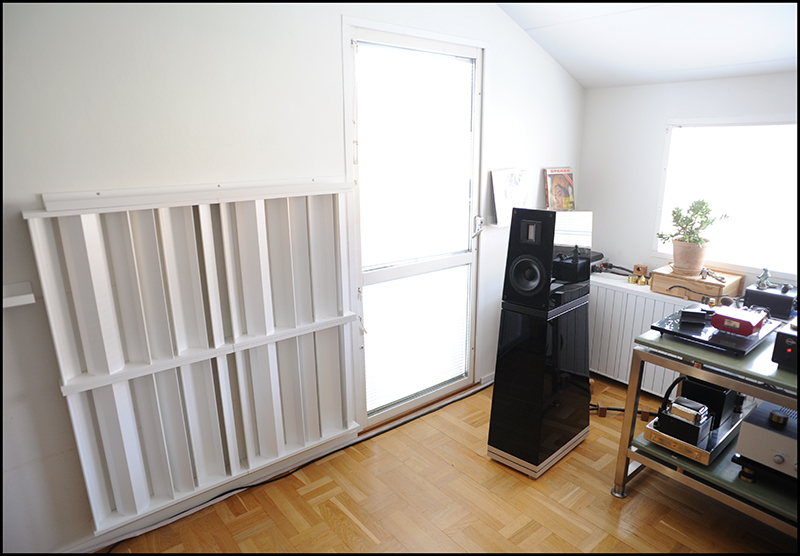
Matts Odemalm developed the wing-elements to achieve a delay and evenly staggered energy distribution in the reverberation. Like the green curve in this example;
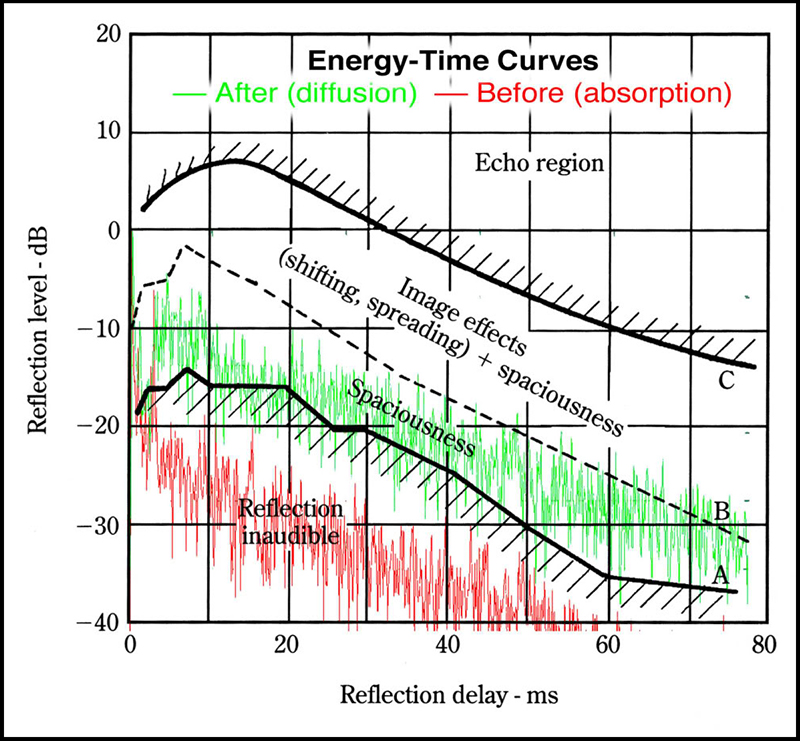
First roof reflections will hit 5.5sqm SMT Golden Horns.
The wall behind the speakers is treated with slot panels on 300mm depth and 50% absorption.
It is a soft LEDE concept with modest absorption in the speaker zone and quite live in the listening zone. I'm planning to see what happens when I increase the amount of absorption in the speaker zone. HH is probably better...
Matts Odemalm developed the wing-elements to achieve a delay and evenly staggered energy distribution in the reverberation. Like the green curve in this example;
First roof reflections will hit 5.5sqm SMT Golden Horns.
The wall behind the speakers is treated with slot panels on 300mm depth and 50% absorption.
It is a soft LEDE concept with modest absorption in the speaker zone and quite live in the listening zone. I'm planning to see what happens when I increase the amount of absorption in the speaker zone. HH is probably better...
Last edited:



